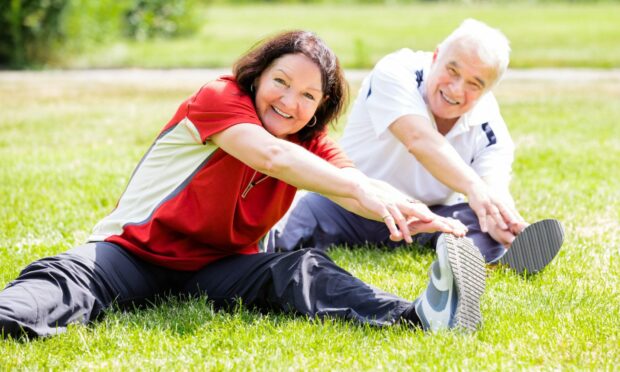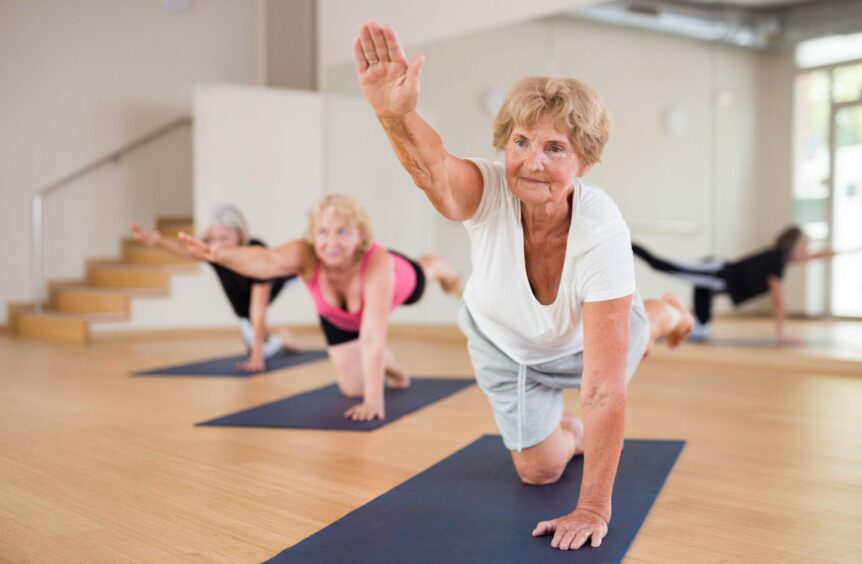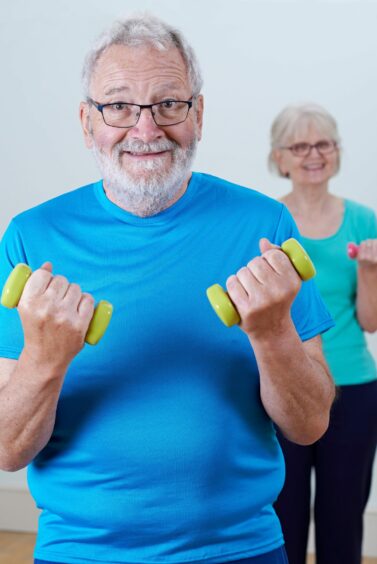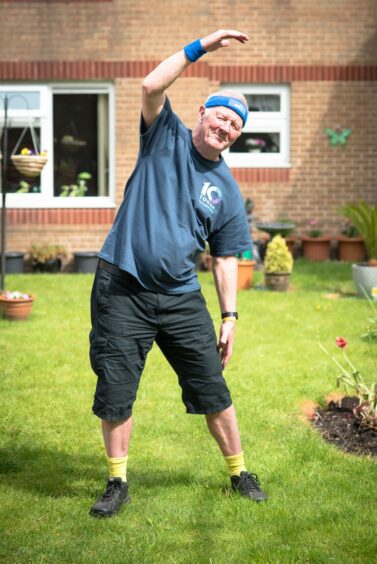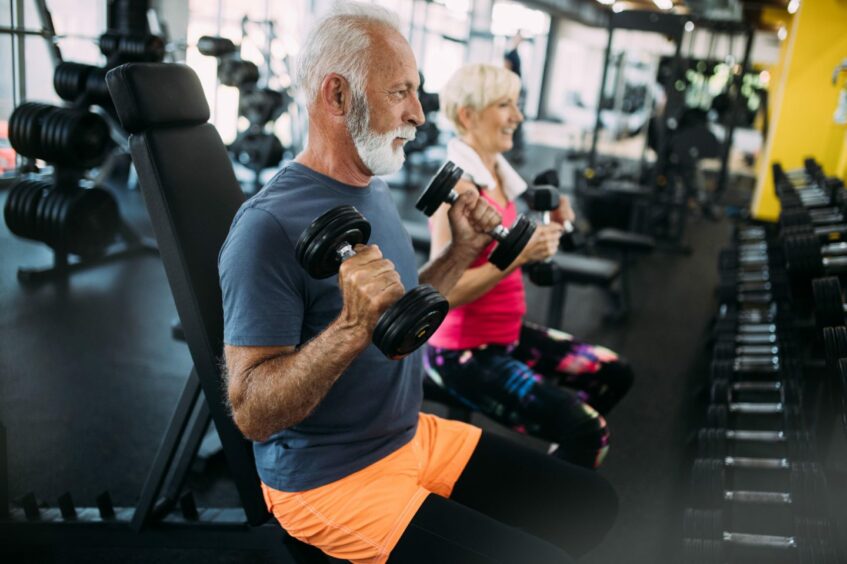Think it’s too late to start exercising in your 70s? Experts want everyone to know it’s always a case of “better late than never” – and even 20 minutes a day could have significant health benefits.
Italian researchers tracked more than 3,000 adults over the age of 65 for more than 20 years, looking at heart disease (including heart failure, stroke and coronary heart disease) and physical activity levels. Perhaps unsurprisingly, the study, published in the Heart journal, found physically active people had lower rates of cardiovascular disease.
Overall, the researchers found the greatest benefits applied to 70-75-year-olds, who got at least 20 minutes of daily exercise.
So, whether you’re approaching 70 or you’ve already celebrated the milestone, there’s still lots to be gained from getting more active.
It really is never too late
“Let’s clear up one of the biggest misconceptions regarding fitness, you’re never ‘too old’ to pursue it,” says James Bickerstaff, a personal trainer.
“As we get older, it’s so important to stay active. Failure to do so could result in conditions such as general fatigue, muscle pains and decreased energy. This could, in turn, lead to you being unable to perform some of life’s simple joys, such as playing with your grandchildren or popping to the shops.”
Keeping active can also be a great way to stay socially connected. Whether it’s roping in a workout buddy, joining a dance class or taking up something completely new – it’s about enriching your whole life, as well as boosting your health.
Check in with your doctor
“Regardless of age, we’d always recommend consulting a doctor if you intend on pursuing fitness with a pre-existing medical condition, such as heart disease, diabetes or arthritis,” says Bickerstaff.
“Doctors and medical professionals will be able to give advice that specifically relates to how you can safely perform exercise routines.
“[They] may recommend staying away from certain aspects of fitness, or making slight amendments to the intensity.”
Mix it up
There’s nothing wrong with sticking with golf and Zumba, or a park jog, if that’s what you love. However, there are so many ways to exercise. Trying new things can be fun, plus it can be beneficial to have a varied fitness regime.
“We would recommend incorporating a variety of practices into your fitness routine, especially if you haven’t worked out in a while, or ever,” says Bickerstaff.
“Not only will this allow you to find enjoyable activities you may otherwise have missed, it will also come with added health benefits. For example, if you’re looking to burn fat, cardio alone won’t do the job. Instead, combine this with resistance training (such as squats and leg raises) as this can help you to burn more calories. Furthermore, if you did these exercises in a circuit-style routine, you could also see benefits in keeping your heart rate elevated too.”
Make use of online programmes
There are lots of online workouts available, including programmes aimed at older age groups. Diana Moran, “The Green Goddess”, has been championing fitness for the over-60s for years.
Now in her 80s, Moran’s health and fitness website (getready4anyage.com) has over 60,000 members. “You get the best out of your life, the fitter you are,” says Moran. “It’s never too late to start – and I’m delighted this study agrees with our philosophy.”
Another online resource is the Be Active section of Anchor, a not-for-profit provider of care and housing for people in later life (anchor.org.uk/existing-residents/be-well/be-active).
Terry Keen, in his mid-70s, is an Anchor resident and trained fitness instructor, who has helped design a programme which anyone can access through the website. It includes a series of 10-minute workouts called 10 Today.
“The exercises are designed to progressively ease older people into increased movement by focusing on their flexibility, mobility, balance and strength,” says Keen. “As an older person myself, I know it’s so important to keep moving, with the mobility and strength to take part in things, as opposed to just looking on.”
And remember Mr Motivator? The TV favourite has launched the Motivation Club (mrmotivatorsclub.com), where members can sign up for access to a range of videos and workouts, as well as general healthy lifestyle advice and support.
Don’t forget about strength training
“Strength training is vital in later life. Studies have shown it can play a major role in offsetting the effects of ageing, by increasing skeletal muscle mass and bone density, improving balance, coordination and posture, and having positive effects on risk factors for cardiovascular disorders, cancer and diabetes,” says fitness coach and movement specialist, Tom Cuff-Burnett.
He believes strength training should be “the foundation of any fitness programme” but approaching it in the correct way is crucial. “Always seek the advice of a qualified fitness professional to guide those initial sessions,” says Cuff-Burnett. “[And] don’t do too much too soon. Going from 0-100mph will likely result in extreme soreness or injury, and will affect how likely you are to continue with your training in future. Take a graded approach to build up your resilience over time.”
